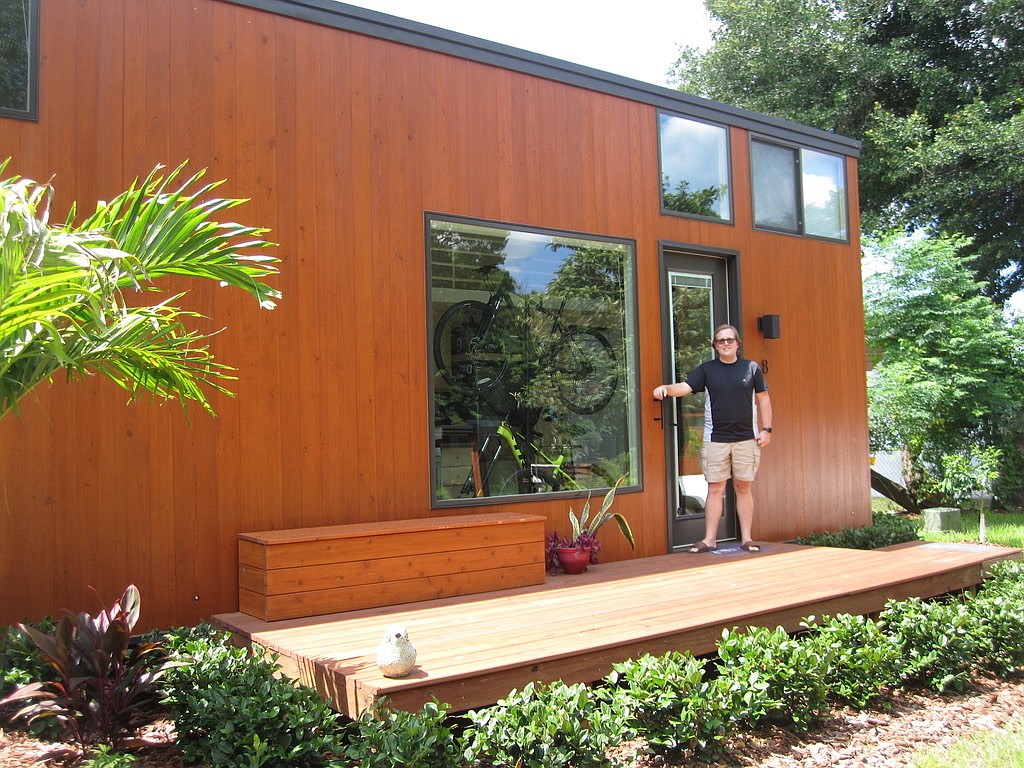- December 19, 2025
-
-
Loading

Loading

As demographic and economic trends have changed the way people think about home ownership, tiny homes have emerged as a popular alternative for debt-heavy millennials who find themselves priced out of the housing market and even struggle to find affordable rentals in some cities.